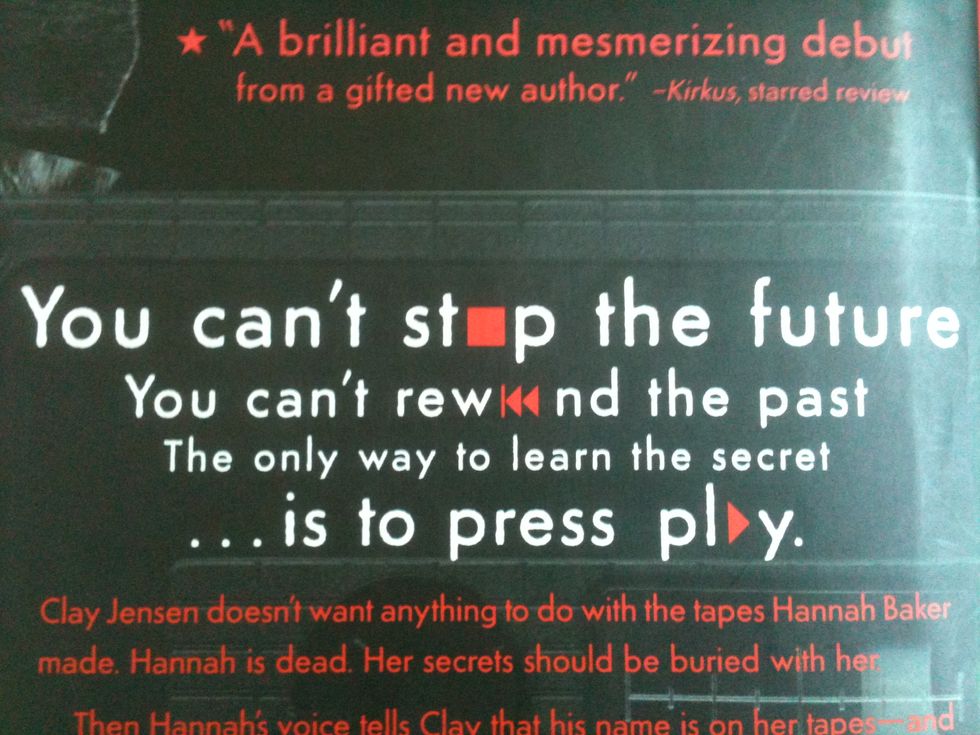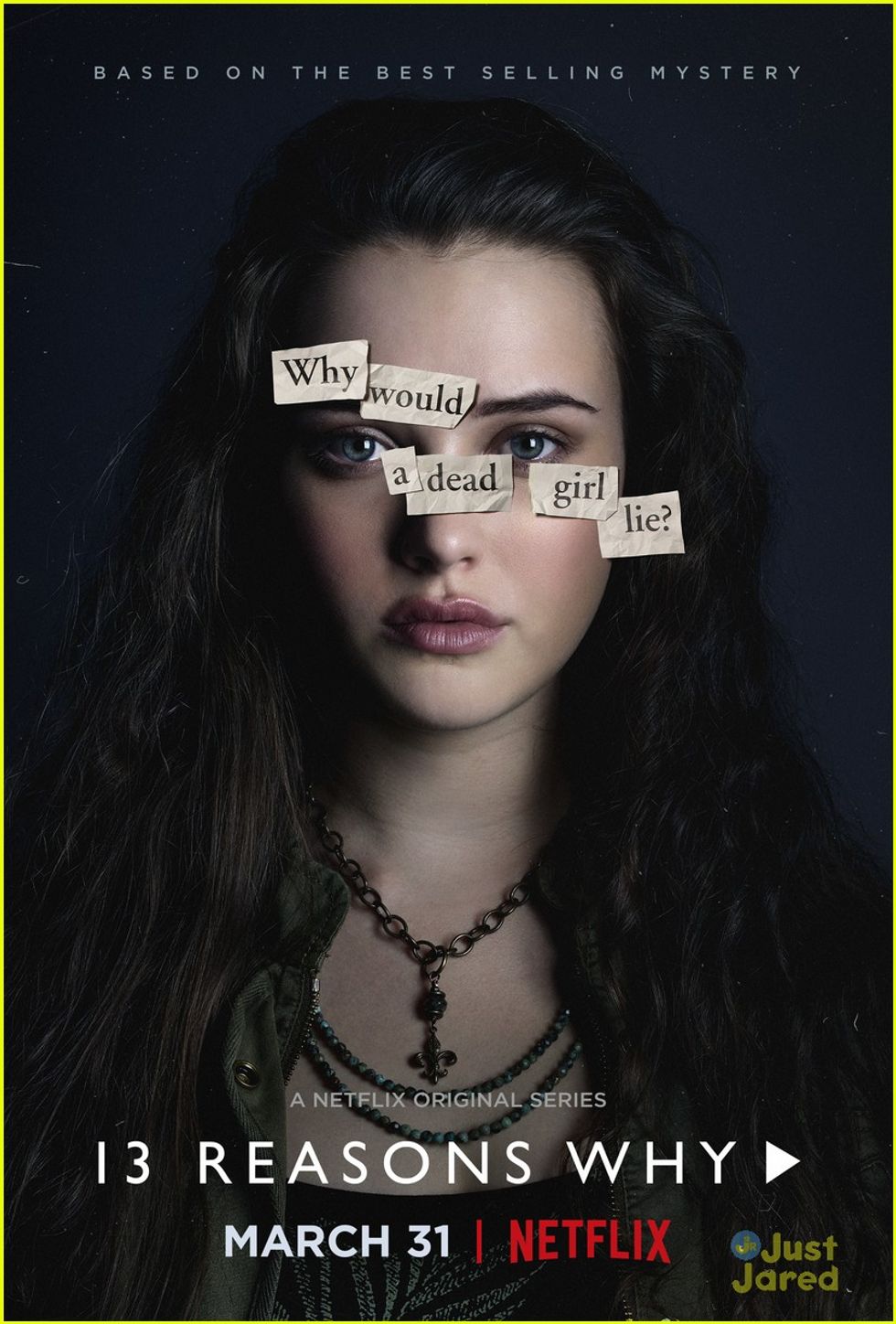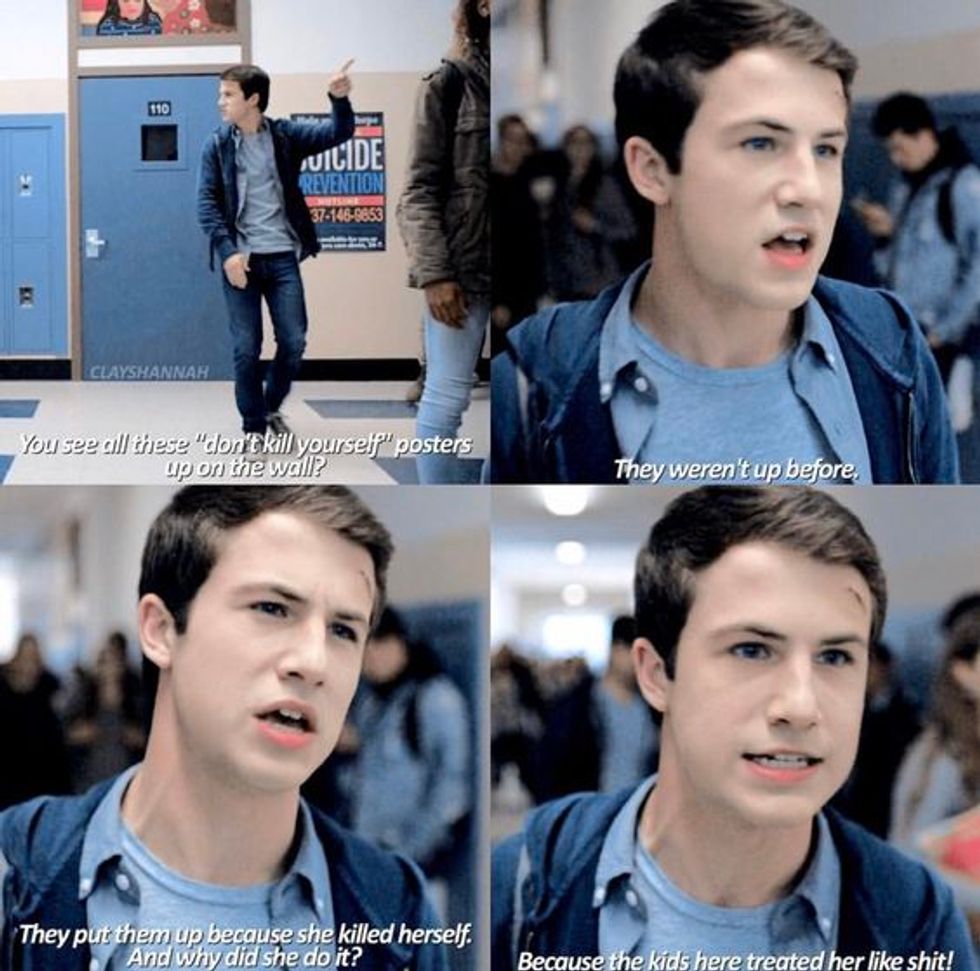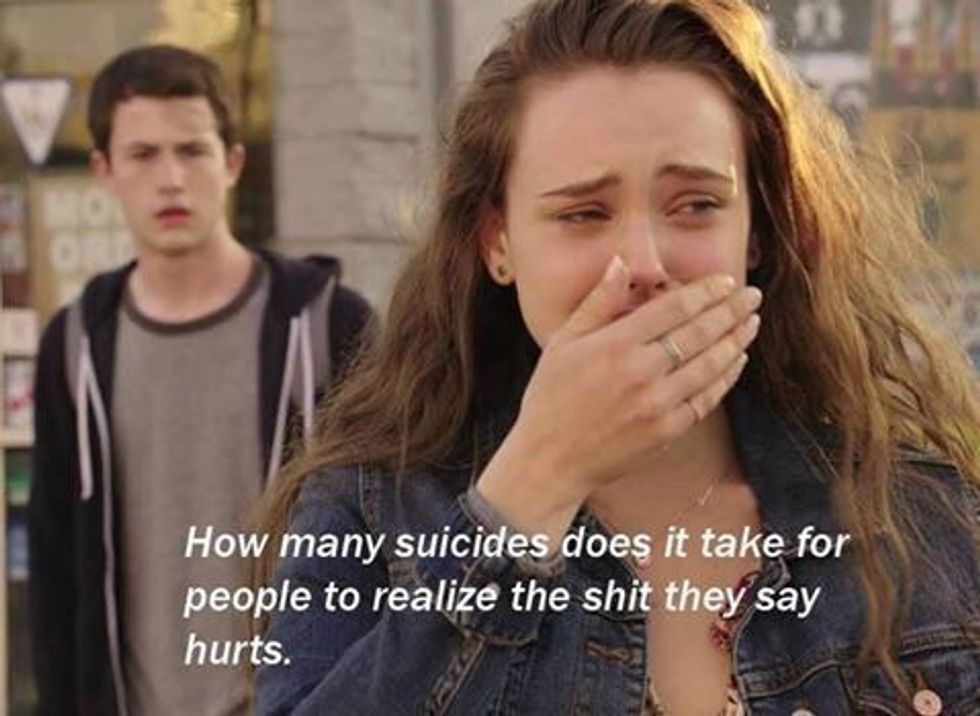In the short month since its Netflix release, 13 Reasons Why has gained a slew of attention, both positive and negative. People across various media outlets are speaking out against the 13-episode series for its explicit content, saying that (*trigger warning*) showing Hannah Baker committing suicide, the actual sight of her slitting her wrists in her bathtub, is too graphic. High schools are now weighing into the debate, some going so far as to advising students not to watch the show. Schools are saying that the show is not only too graphic, but that it glorifies rape and other forms of sexual assault, mental illness, depression, and suicidal thoughts and actions. As if they’re trying to encourage these things. That’s not what the producers where aiming for. Not even close.
First of all, telling people, especially teenagers, not to do something without rhyme or reason only makes them want to do it more. High schools, particularly private schools like the one I went to, tend to closely monitor what their students do and say. Telling them not to watch a Netflix series that caused such a big controversy and is so widely talked about will only make them more curious. What blows my mind about high schools banning students from watching the series is that I myself was about seventeen when I first read the book it’s based on. It was, and still is, one of my favorites. I can’t tell you how ecstatic I was when I heard it would be turned into a Netflix Original. What most drew me into Jay Asher’s book was the fact that he does not sugarcoat his subject. The book was more open and honest about the topic of suicide than any of my high school teachers were ever willing to be. They didn't realize that ignoring concerns about suicide only adds gasoline to a fire.
Secondly, I can’t begin to stress how important and pertinent 13 Reasons Why, both the series and the book, are these days. Live Science reported that suicide is the third leading cause of death in young people between the ages of 10 and 24, amounting to roughly 4,600 deaths per year. While it is the last two episodes of the show that are by far the most graphic, some viewers are arguing that seeing these heartbreaking moments act as a trigger for people who have actually experienced these tragedies. Executive producer Selena Gomez commented on the controversy, saying that,
“We stayed very true to the book. That’s initially what [author] Jay Asher created, a beautifully tragic, complicated yet suspenseful story, and I think that’s what we wanted to do. We wanted to do it justice, and yeah, [the backlash is] going to come no matter what.”
Sugarcoating Hannah’s rape and suicide would have resulted in a product different than what we now have. It would have done what everyone else typically does when the topics of suicide and rape are brought up in conversation – quickly change the subject, switch scenes, and pretend that no one they know would ever experience something like this. If they had, the show would not have been what it is – a beacon that tells people just how important it is to talk about suicide. What's worse is that so many people don't realize that the things they do, and they things they say, and the things they don't say actually matter. Sometimes, explicit content is painful to watch, but that was the point in the making of 13 Reasons Why. If you felt uncomfortable, you got the point.
“You don’t know what goes on in anyone’s life but your own. And when you mess with one part of a person’s life, you’re not messing with just that part. Unfortunately, you can’t be that precise and selective. When you mess with one part of a person’s life, you’re messing with their entire life. Everything. . . affects everything.”
~Jay Asher, 13 Reasons Why



















